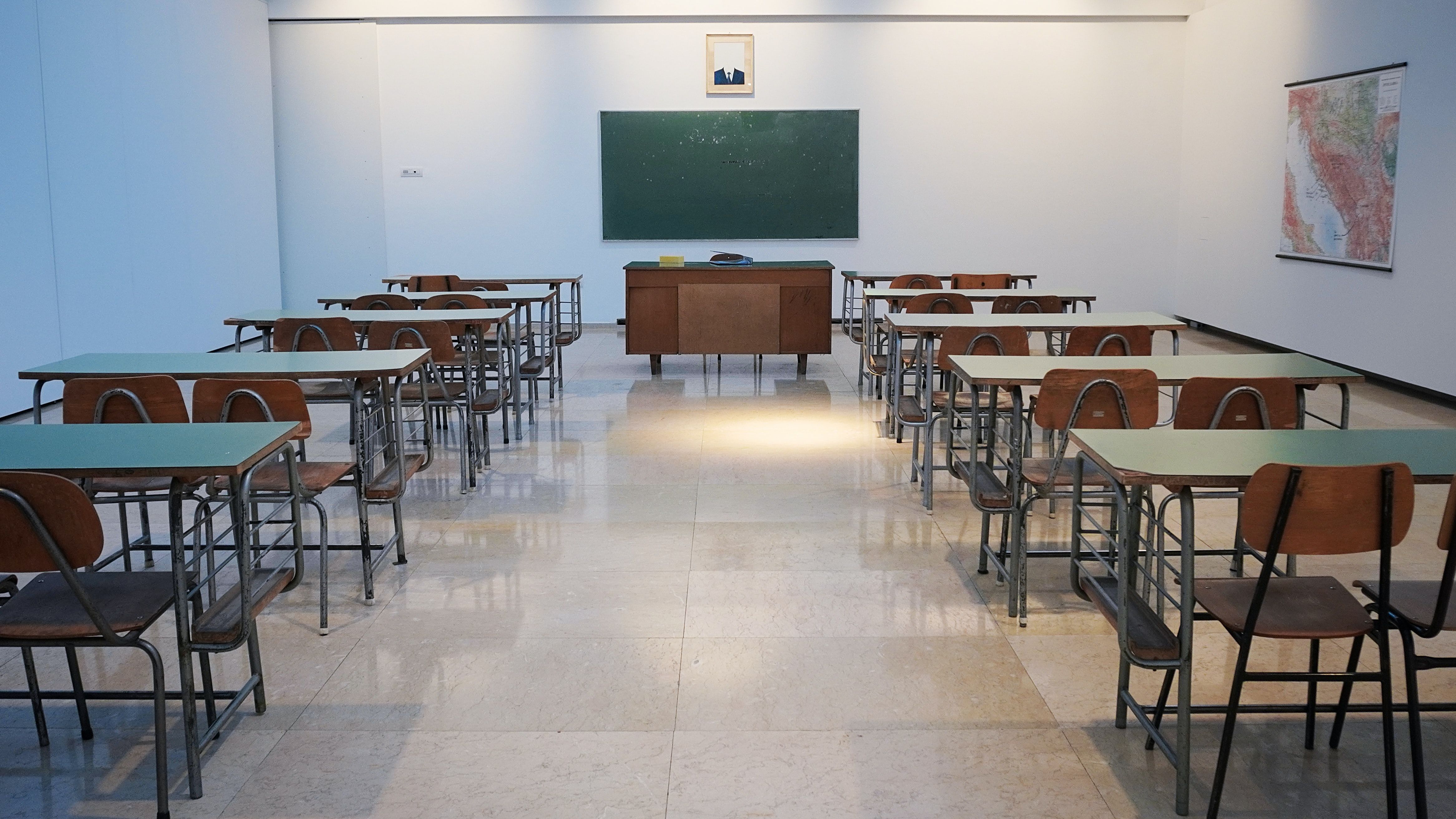Public Health Watch: Schools Can Reopen Safely, Provided COVID-19 Mitigation Strategies Are in Place
Modeling studies highlight best approaches for schools in the coming academic year.

The Alice Cooper song “School’s Out” took on new meaning across the United States over the past 15 or so months, with up to 40% of students nationally still not attending classes in person due to the COVID-19 pandemic as the academic year drew to a close.
However, with the 2021-22 school schedule very much top of mind for education and public health officials, even as summer approaches, a modeling analysis published on June 8th by Annals of Internal Medicine provides a template for a safe-as-possible return to the classroom come the fall. Essentially, the researchers suggest that elementary schools can open safely, provided community transmission if SARS-CoV-2 is well controlled and moderate mitigation strategies are implemented, though it’s likely that secondary schools will “require more intensive mitigation.”
“School mitigation policies should be responsive to local COVID metrics,” study coauthor Meagan C. Fitzpatrick, PhD, an assistant professor at the University of Maryland School of Medicine who specializes in infectious disease transmission modeling, told Contagion. “A lot of people talk about next school year in an all-or-nothing way, but in fact school and health officials need to have flexible plans.”
For example, she adds, a community with low transmission zone as defined by the US Centers for Disease Control and Prevention (CDC) can “relax a lot of mitigation efforts, even potentially masks.”
However, “if cases rise into the moderate zone, schools should put these efforts back into place,” Dr. Fitzpatrick continues. “And, as cases rise into substantial or high transmission, asymptomatic screening becomes a very useful strategy for detecting cases early and preventing outbreaks. Our findings support asymptomatic screening in particular as a way to get the safety associated with a hybrid schedule, but without the educational disruption.”
In their analysis, Fitzpatrick and her colleagues developed an agent-based network model designed to simulate transmission in elementary and high school settings that factored in home, school, and interhousehold interactions among students and staff. The model was built to reflect average US classrooms, with elementary schools of 638 students and high schools of 1451 students. Community transmission rates used in the model varied from 1 to 100 cases per 100,000 people in the general population, to mirror changing trends over the course of the pandemic.
The modeling also gauged the impact on in-school transmission of various mitigation strategies, including isolation of symptomatic individuals, quarantine of infected contacts, reduced class sizes with social distancing, alternative schedules, staff vaccination, and weekly asymptomatic testing of students and staff.
In elementary schools with low mitigation policies in place and a 5-day class schedule, the model predicted an average of 1.7 secondary cases over 30 days following the infection of a single index case patient. However, this rate declined to 0.9 cases with medium mitigation and to 0.3 cases with high mitigation. With classroom quarantine, transmission was significantly reduced by replacing the 5-day schedule with a half in-person/half remote hybrid schedule, to between 0.1 and 0.4 secondary cases.
Conversely, the model projected a higher potential for larger COVID-19 outbreaks in high schools, particularly in those in which uptake of in-school mitigation strategies were low. With low mitigation and classroom quarantine under a 5-day schedule, there were 23 secondary cases in the school community over a 30-day period. High uptake of in-school mitigation reduced this figure to 2 cases, the researchers said.
“It’s clear that schools with stringent mitigation, including masking, distancing, and asymptomatic screening, can keep COVID transmission to a minimum—the main problem is that mitigation takes resources,” Fitzpatrick said. “Unfortunately, the new variants appear to be increasingly more transmissible. It looks like Delta strain may be approximately twice as infectious as the original strain [first identified in Wuhan, China], which is the variant that most schools faced last year. This means school risk will rise commensurately, [so] to get the same level of control will require twice the effort.”
